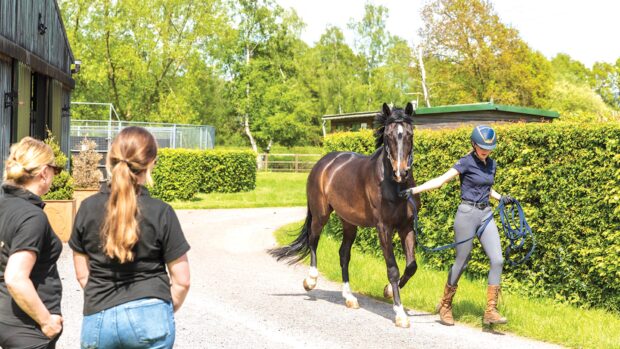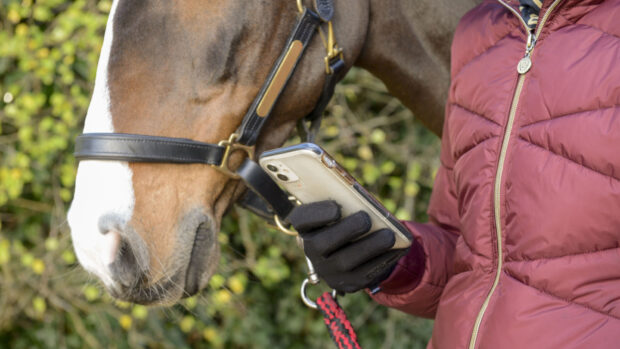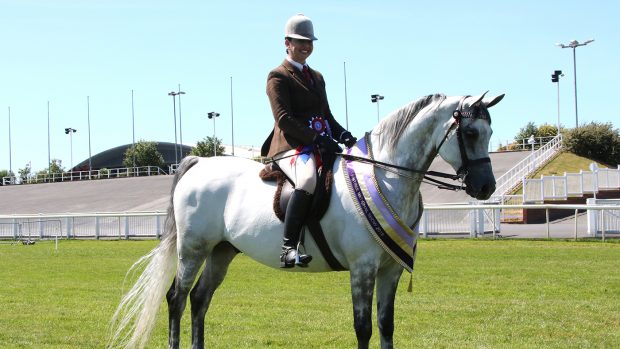Buying a horse with sarcoids is a contentious issue. Once referred to rather innocuously as “equine warts”, these lesions are best viewed as a form of skin cancer.
Sarcoids in horses are potentially serious and can develop on horses, ponies — or even donkeys — regardless of size, age, breed, colour or gender.
They vary in severity and type, but all are unpredictable and extremely difficult to remove. They require extremely careful consideration if present on a horse you are thinking about buying.
Dr Derek Knottenbelt of Liverpool University, an expert on sarcoids, holds strong views on the seriousness of the condition.
“When buying a horse, you don’t want to get one who has a problem, which is why you have the vetting, or pre-purchase examination. Also consider you may wish to resell the horse at some point. A horse with sarcoids will be worth less than one without. For example, an international show jumper worth £1million without sarcoids might only be worth £10,000 with them — the difference is that much.”
Despite many years of research, there is still very little known about the disease. Around 8% of horses in the UK have sarcoids and it seems to be a genetic problem, as some horses are resistant and some are susceptible.
Although a horse cannot directly die from a sarcoid, it can be severely debilitated by the lesions, and euthanasia may be the only option.
Sarcoids cost vets and owners heartache, suffering and money, since it is unlikely that a horse will be insurable against the disease after purchase.
However, Jeremy Mantell from Liphook Equine Hospital takes a different view with regards to buying a horse with sarcoids.
“There is a risk involved when buying any horse — but I wouldn’t suggest a horse with any condition should ever be automatically discounted,” he says.
“The real thing is to be aware and identify, prior to purchase, the type of use for which the horse is intended and the position of the sarcoid, but there are no hard and fast rules. There are some treatments available, and the vast majority of sarcoids are a cosmetic worry rather than a practical or health problem.”
Karen Coumbe, Horse & Hound’s veterinary consultant, is also of the view that every horse must be considered individually, and that the location and type of lesion is incredibly important.
“I don’t advise against purchase for every sarcoid case I examine, but I would think long and hard before buying a horse with sarcoids myself,” she warns.
“So much depends on the site of the sarcoids. The other issue the potential purchaser needs to consider is that if they are going to insure their new horse, then sarcoids will be excluded from their cover as a pre-existing condition. One of the problems with treatment for sarcoids is that it is potentially expensive.”
When buying any horse, no matter how careful the purchaser has been with their research and their vet has been with the pre-purchase examination, risk is involved.
As Dr Knottenbelt reiterates: “The only predictable thing about the equine sarcoid is that it is unpredictable.”
He stresses that the location of the sarcoid, how long the horse has had the disease and whether or not any attempt has been made to treat it should factor hugely in the final decision.
“Previous unsuccessful treatments reduce the prognosis for the next time, and horses with sarcoids can be viewed simply: the more they have, the more they will get — it’s only a matter of time,” he says.



